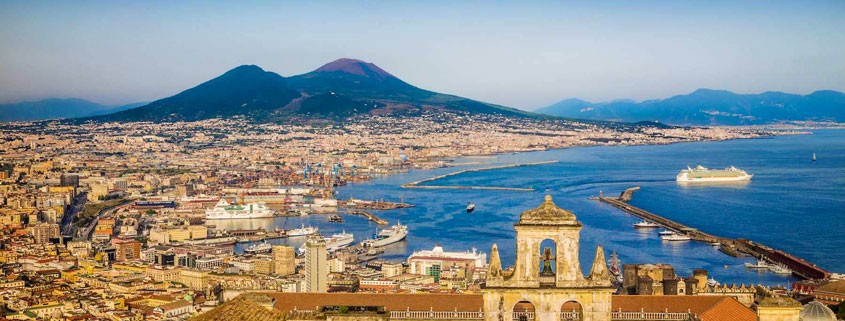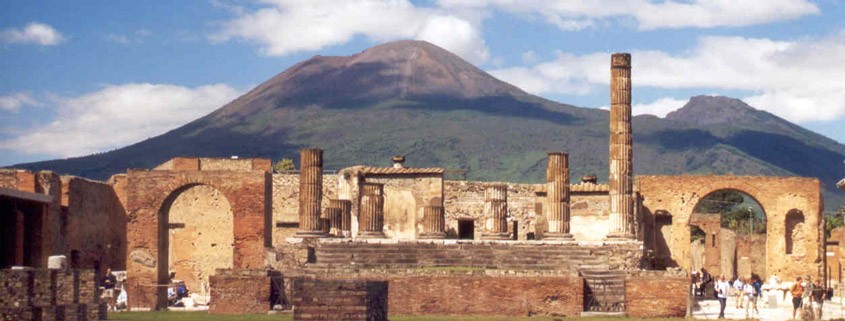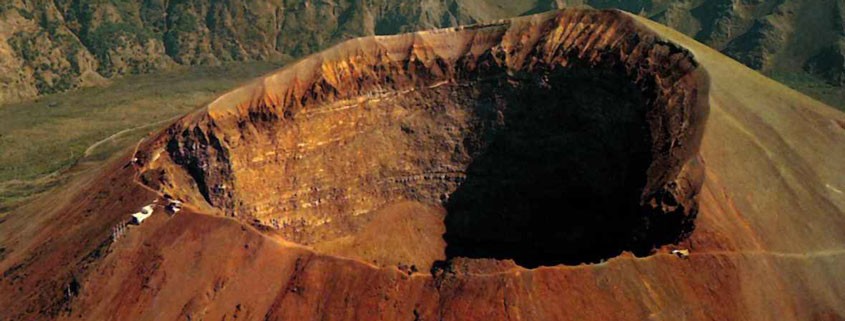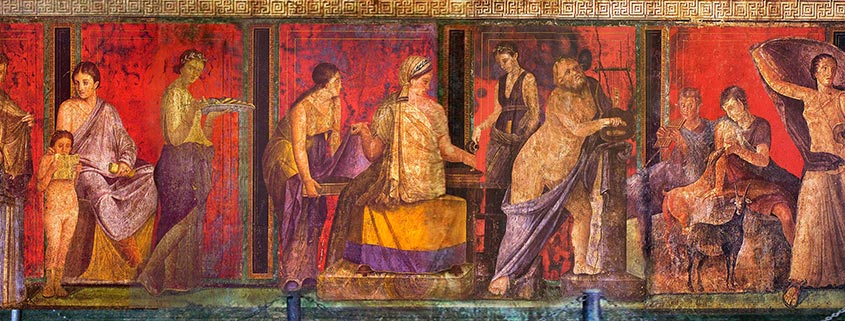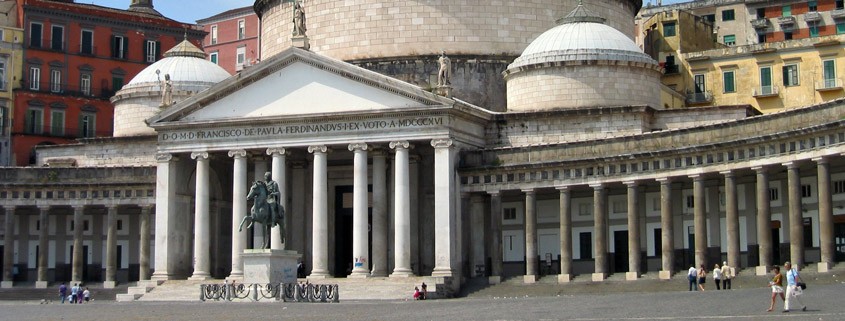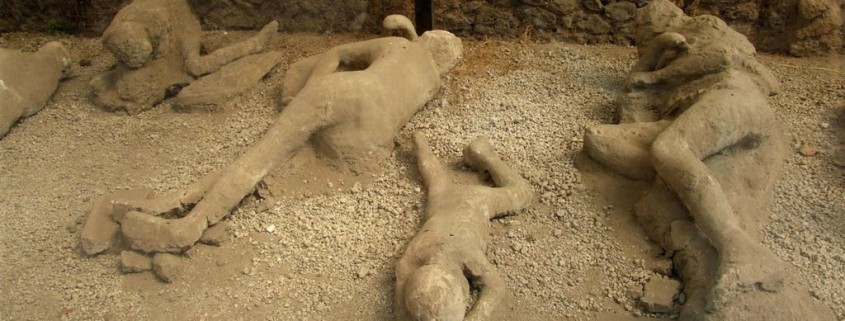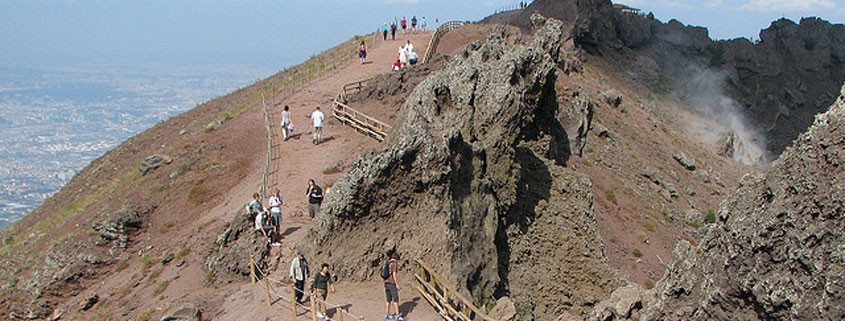Info Tour
Tour n. 1: Naples, Pompeii, Vesuvius
From: Naples / Sorrento / Amalfi / Salerno
Duration: 8 ½ hours
Pick–up: 8:00
Drop Off: 16:30
Price from: €55,00 p.p
Tour Service
Included: Deluxe Mercedes Vehicle, English speaking driver, water bottle 500 ml, free Wi-Fi on board, All tolls, parking, petrol.
Not Included: Entrance tickets (where applicable), meals, tips, Authorized guide (available on request).
Note: Every itinerary, the time of the pick-up and drop-off can be modified to fit any special need or request.
Naples
Visiting Naples means plunging in a scenery of incomparable beauty: 2500 years of history, represented by all the monuments of great value. Every corner of this town keeps an evidence of great artistic and historical interest. Its museums keep some of the richest works of art and artifacts in the world.
There are several legends on the origins of Naples: the most fascinating is about the Siren Parthenope: she was broken hearted, as she didn’t manage to charm Ulysses with her singing, and she let herself dying into the sea. The new town of Naples was founded just where her body ran aground. The story says that the first Greek settlements date back to the VI century b.C., near the little island of Megaris (where the Castel dell’Ovo is located today), but the town was founded in 470 b.C., and renamed Neapolis (new town) to show the difference with the former settlement. After fighting against the Samnytes, the town had to surrender to Rome. During the following centuries, the town had many dominations: the Normans, the Suebians, the Angevins, the Aragonese, the Spanish, the Austrians, the Bourbons (who declared Naples as the Capital of the Kingdom of the Two Sicilies, and gave great importance to the city), and finally the Savoy, in 1861, when Naples became part of Italy.
It is impossible to mention all the beauties of this town. The most important are: Castel Capuano, the oldest Neapolitan Castle (today it is part of the Tribunal of Naples; it was built in 1140); Castel dell’Ovo (the legend says that the name comes from an egg, put by Virgilius in the foundations of the Castle); Castel Nuovo, or Maschio Angioino (built by the King Charles of Anjou in 1279); Castel Sant’Elmo (next to Saint Martin’s Carthusia, on the top of Vomero hill, built in 1537); San Carlo Theatre (it is considered one of the most important Opera Houses in the world; it was built by Charles III in 1737); the Royal Palace of Naples (built by the architect Fontana at the beginning of XVII century); the National Archaeological Museum (one of the most important museums in the world, for the value of its artifacts); Sansevero Chapel (located in the historical center of Naples, it is famous for the statue of the Veiled Christ); Gesù Nuovo Church (one of the most important churches in the city).
Pompeii
The city is as old as the ancient Rome: the first settlements began about 700 years B.C.
Since then, in spite of wars and political difficulties, Pompeii had a constant development. This came to an end in 62 A.D., for a very powerful earthquake, and then in 79 A.D., because of Mount Vesuvius eruption: a huge rain of ash and stones covered completely the ancient city, and Pompeii was buried under 20 feet of volcanic materials.
The ancient city was accidentally discovered by the Neapolitan engineer Domenico Fontana in 1594, but the excavations began only in 1748, during Charles of Bourbon reign.
Today Pompeii is one of the most visited archaeological sites in the world, and some excavations are still going on.
Vesuvius
Vesuvius is one of the most famous volcanoes in the world, and the only active volcano in Continental Europe (even though it is dormant, at the moment).
Vesuvius has a shape of incomparable beauty in the Golf, especially if you see it from the sea. From Naples, you can reach Mount Vesuvius crater in about 40 minutes.
It is about 4000 feet high, and it became famous in the history of volcanology for the terrible eruption of 79 a.D. (very well described by Pliny the Younger). Vesuvius has been the first volcano in the world to be systematically studied, with the building of the Observatory in 1841 (thanks to the King of the Two Sicilies, Ferdinand of Bourbon)

